Godzilla 101

Scholars Grapple With Godzilla Legacy
from Associated Press
LAWRENCE, Kan. - He's attacked other monsters and terrorized Japan for decades. Now Godzilla is confronting academics who want to wrestle with his legacy.
The University of Kansas plans to pay homage to the giant lizard later this month, organizing a three-day scholarly conference for the 50th anniversary of his first film.
It's not just about celebrating campy creature features. Planners want to provoke discussion of globalization, Japanese pop culture and Japanese-American relations after World War II.
"I would like people to take Godzilla more seriously," said Bill Tsutsui, a history professor at the University of Kansas and author of the book Godzilla on My Mind, which discusses the history of the monster's movies.
The conference that begins Oct. 28 will offer speeches, panel discussions, and free screenings of Godzilla films, including Gojira, the Japanese movie that started Godzilla's career in November 1954.
Atop the movie theater will be an inflatable 28-foot Godzilla balloon. Items from Tsutsui's collection of Godzilla memorabilia will be on display in the university's main library.
The notion of a serious Godzilla conference drew puzzled looks on campus.
"It's kind of odd," freshman Kathleen Schafer said. "I didn't think scholars would be interested."
But historians, anthropologists and other academics are coming from universities such as Duke, Harvard, and Vanderbilt.
Among the fans in attendance will be Andrew Kar, a technical writer from St. Joseph, Mo., who has been hooked on monster movies since childhood.
"When you're a 35-year-old man and you're still enjoying these films, you have to ask yourself why," he said. "For some of us, it translates. For others, it's gibberish."
 Japan's Toho Co. has produced 27 Godzilla films in five decades, with a 28th movie, Godzilla: Final Wars, to be released in December. An American Godzilla was released in 1998, though many aficionados don't consider it a true Godzilla movie.
Japan's Toho Co. has produced 27 Godzilla films in five decades, with a 28th movie, Godzilla: Final Wars, to be released in December. An American Godzilla was released in 1998, though many aficionados don't consider it a true Godzilla movie.
Yoshikuni Igarashi, director of east Asian studies at Vanderbilt, sees Godzilla films as important cultural artifacts.
For example, the first Godzilla film came only eight months after the United States tested a hydrogen bomb in the South Pacific.
The movie — in which H-bomb testing disturbs Godzilla's undersea habitat and transforms him into a behemoth with fiery, radioactive breath — reflects anxiety and a feeling of helplessness in the face of a nuclear threat, Igarashi said.
The franchise was widely known for its campy special effects. Godzilla films featured men in dinosaur suits stomping around miniature urban landscapes and some monster battles that, Tsutsui acknowledged in his book, seem more like professional wrestling matches.
When an American version of the first film was released in 1956 — re-edited to include new scenes featuring Raymond Burr of Perry Mason fame — the New York Times dismissed it as "cheap cinematic horror-stuff."
"It is true there were some bad, bad films produced, particularly in the late '60s and early '70s," said Igarashi, who plans to lecture at the conference on the 1964 movie Godzilla vs. the Thing, in which Godzilla battles the giant moth, Mothra, and its offspring.
Two Japanese foundations provided $35,000 to help fund the conference.
Takao Shibata, the Japanese consul general in Kansas City, Mo., said the meeting will help educate people about his nation but acknowledged: "The idea of this kind of serious analysis of the evolution of Godzilla — it never occurred to me."
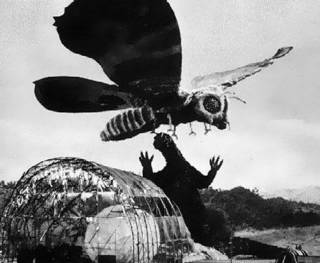







 what the Great Conjunction is. 'What's the Great Conjunction?'
what the Great Conjunction is. 'What's the Great Conjunction?' 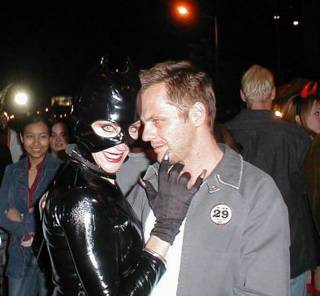




 A Is for Androids
A Is for Androids B Is for Boba
B Is for Boba C Is for Calvin
C Is for Calvin D Is for Dragons
D Is for Dragons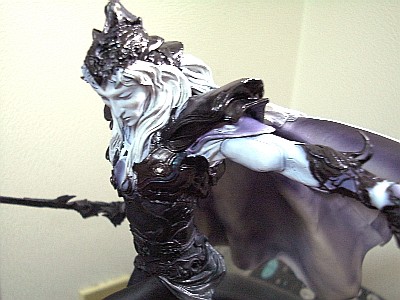 E Is for Elric
E Is for Elric F Is for Futures
F Is for Futures G Is for Genie
G Is for Genie H Is for Hobbits
H Is for Hobbits I Is for Iceman
I Is for Iceman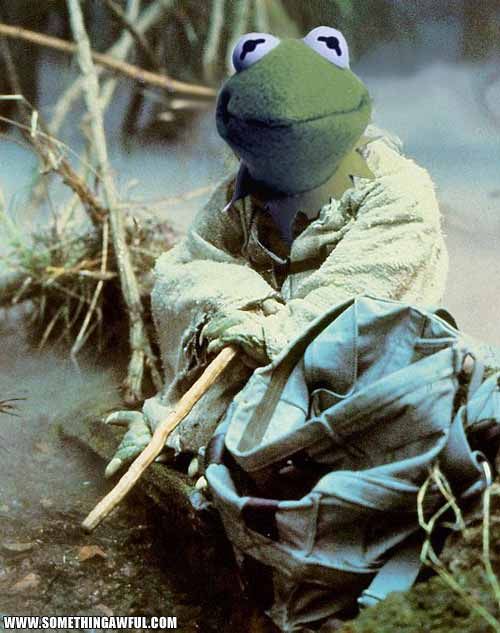 J Is for Jedi
J Is for Jedi K Is for Kraken
K Is for Kraken





















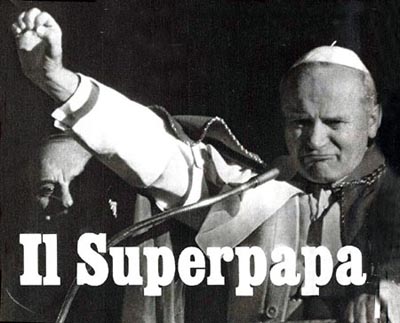











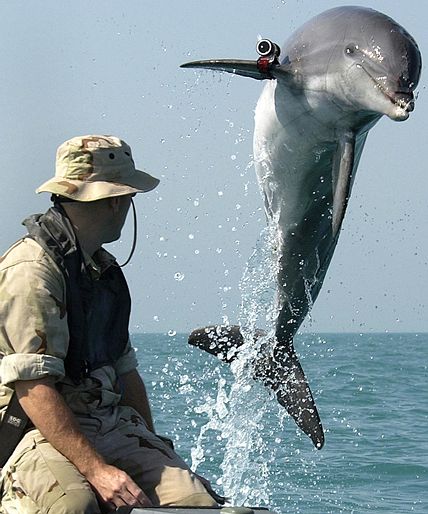

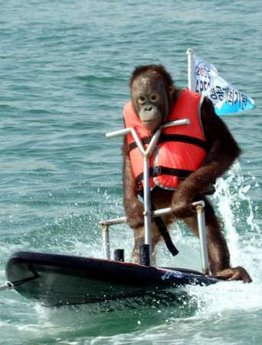




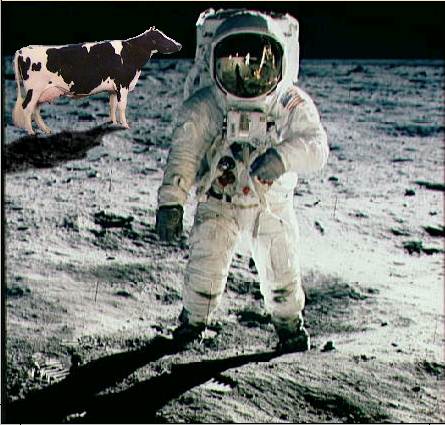
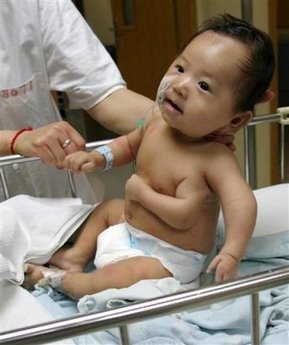























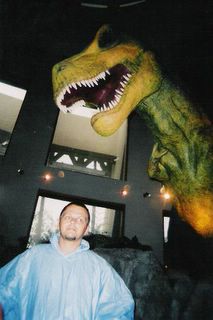



0 Comments:
Post a Comment
<< Home